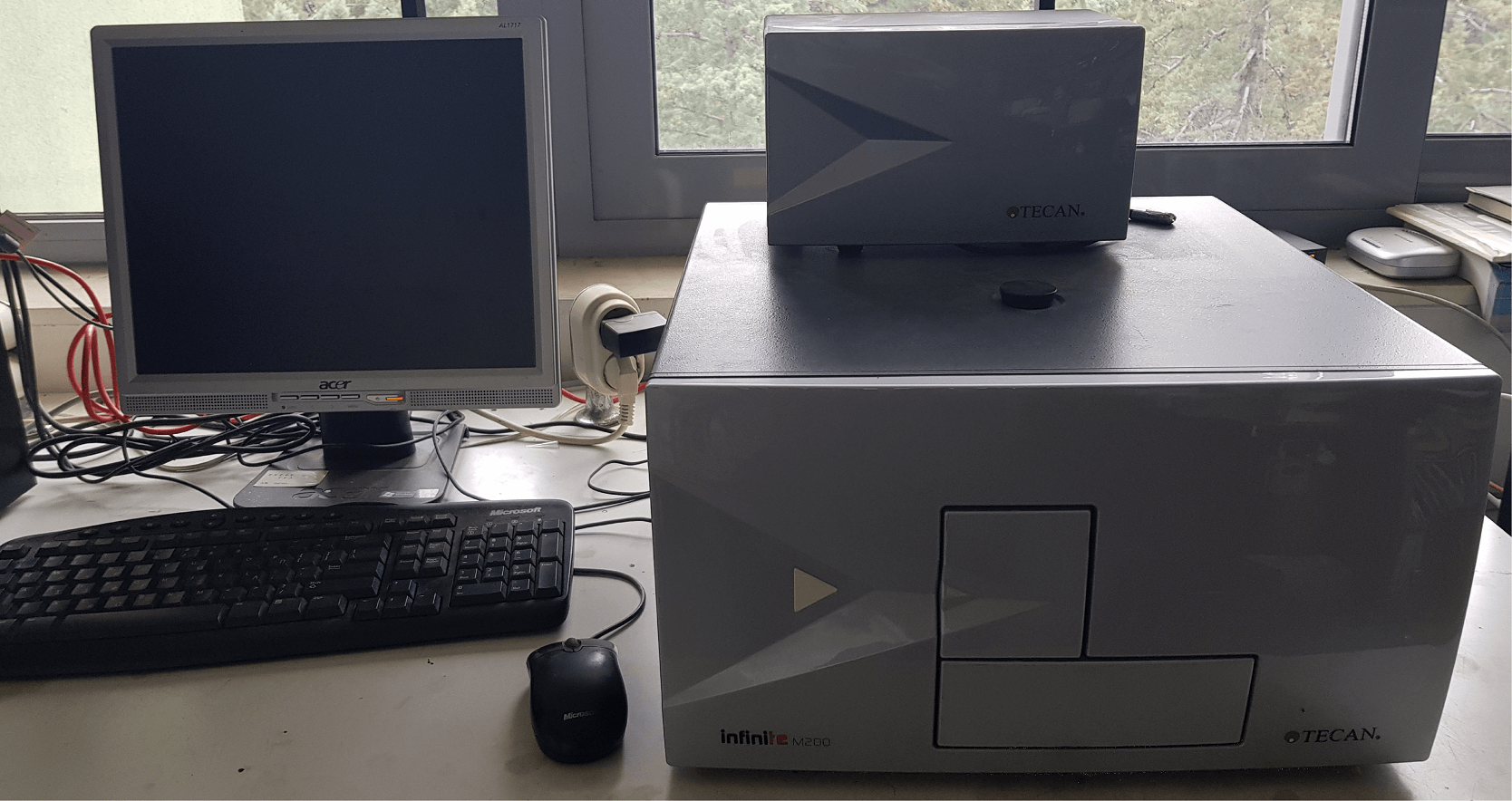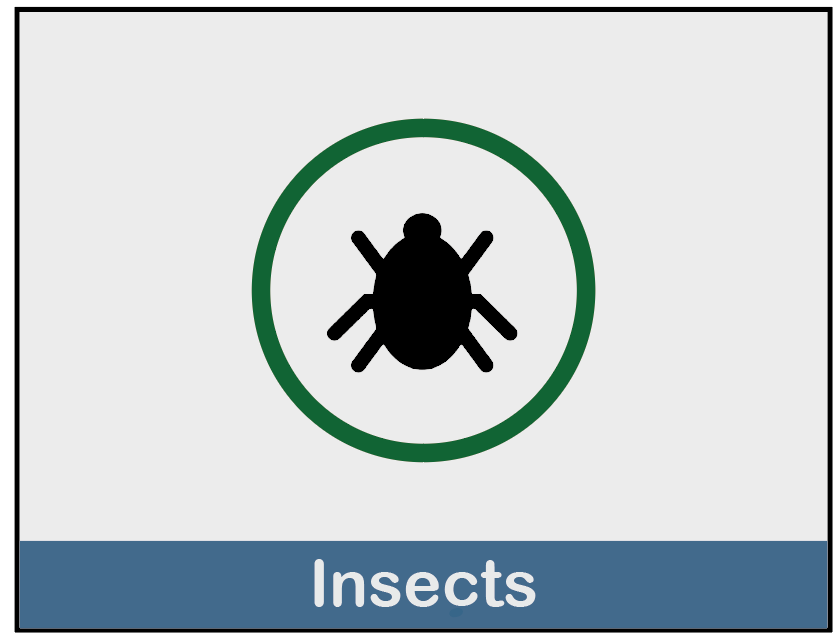
Provided at OPENSCREEN-GR by
- NCSR “Demokritos” Athens
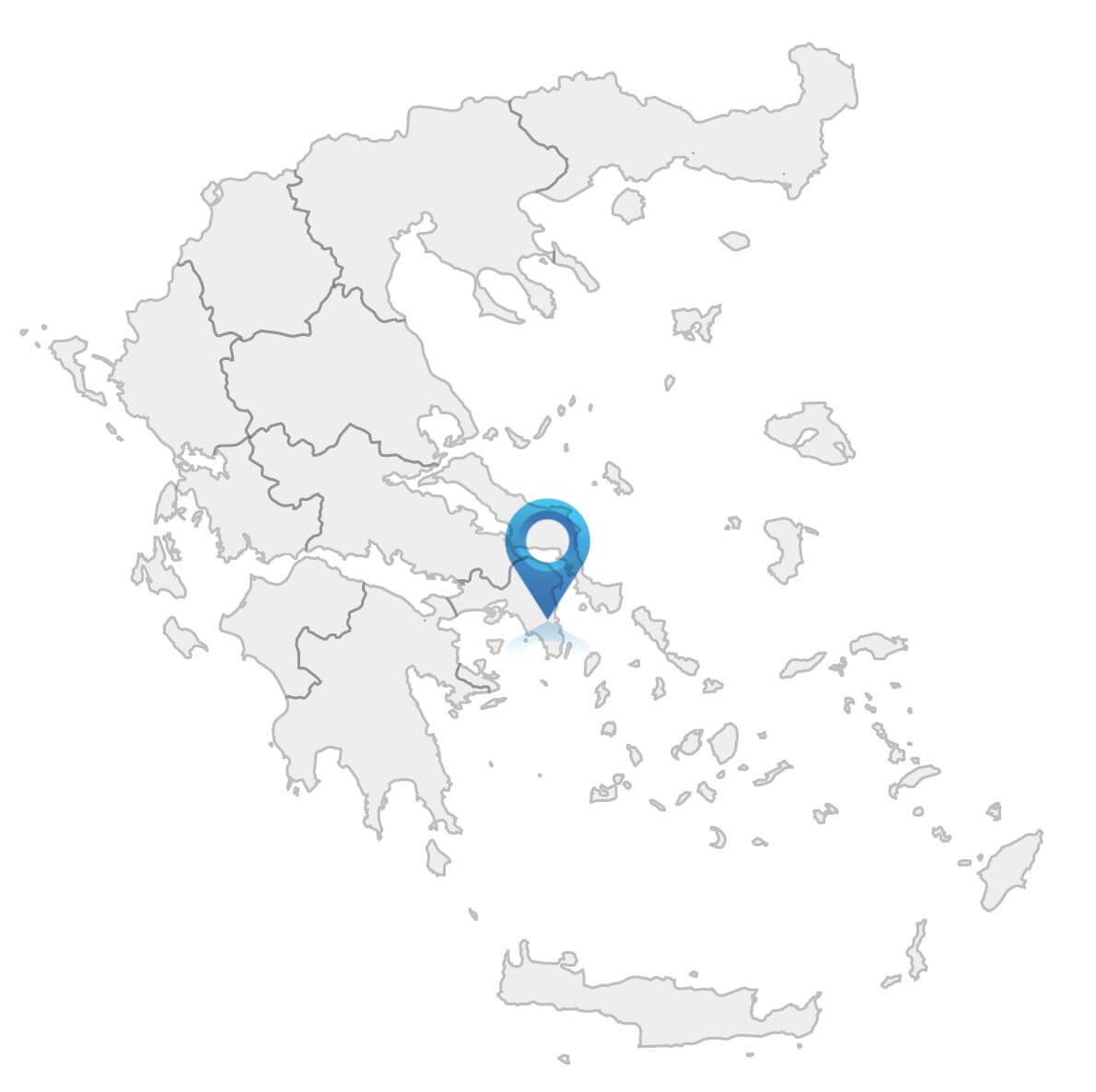
Services
Insect Facilities
GC-EAD - NCSR “Demokritos” Athens
Electroantennography (EAG), Electroantennographic Detection (GC-EAD)
Electroantennography or EAG is an electrophysiological technique for measuring the average neural activity of an insect antenna for a given odor and thus provide information on the olfactory perception (of the insect). The technique is widely applied as a screening process to reduce the number of volatiles tested to identify promising bioactive components.
Coupled gas chromatography – electroantennographic detection GC-EAD.
It is an analytical procedure that permits the rapid identification of compounds in complex mixtures that stimulate the olfactory sensilla of an insect. In other words, it can tell you what specific chemicals an insect can smell (and, to some degree, ones it can’t), and it can use odors derived directly from natural sources. This information can be used to discover potentially useful compounds—such as sex pheromones—that alter the behavior of insects.
Equipment
Gas Chromatogramm: Agilent7890B
Biophysical Instrumentation: EAG, SSR (Single Sensillum Recording) and GC-EAD, Ockenfels SYNTECH GmbH
Gas Chromatogramm: Agilent7890B
EAG software: EAG and GC/EAD SIGNAL RECORDING and ANALYSIS PROGRAM
GC-EAD software: AUTOSPIKE software
Characteristics
Electroantennography (EAG) is a bioassay widely used in experimental entomology for the detection of volatiles perceived by the antennal olfactory apparatus of insects. It records the small voltage fluctuations between the tip and base of an insect antenna during stimulation with a given odorant. The amplitude of an EAG response increases with increasing stimulus concentrations until a saturation level is reached. The amplitude is further dependent on the nature of the stimulus, the insect species, its sex, and many less well-defined factors. EAG should be considered an empirical method, which offers practical value, but provides no fundamental data on the physiology of insect olfactory receptors mechanisms.
Applications
The EAG method can be used for many purposes like screening biologically active compounds, identification of active fractions, selection of active synthetic compounds, concentration measurements in the field, and as a detector in gas chromatography.
Assessment of biological activity of secondary metabolites of insect, plant, and microbial origin having an effect on the physiology or the behavior of insects (behavior modifying agents – infochemicals), which may be used in integrated pest management programs to control populations of insect pests of agricultural/rural, urban or medical interest.
Determination of semiochemicals (infochemicals) and other biologically active metabolites (Biological Control Agents, BCAs) to be uses as “clever” insecticides.

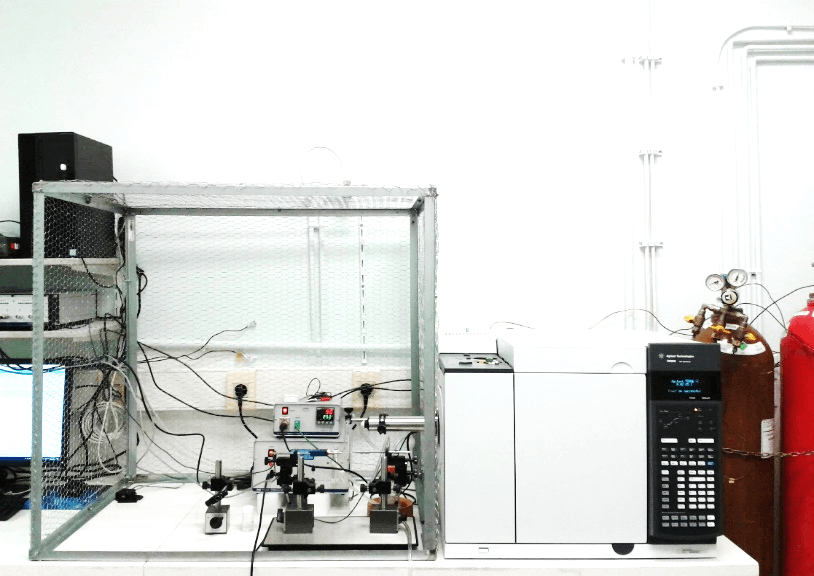
Bioassays facilities - Olfactometers - NCSR “Demokritos” Athens
Olfactometers are devices used for bioassaying olfactory stimuli. They are widely used in the research of insect pheromone and the research of plant volatiles such as kairomones and synomones.
Depending of the insect species and the compound(s) under study the following types of olfactometers may be used:
Wind Tunnel

Y-type Olfactometer
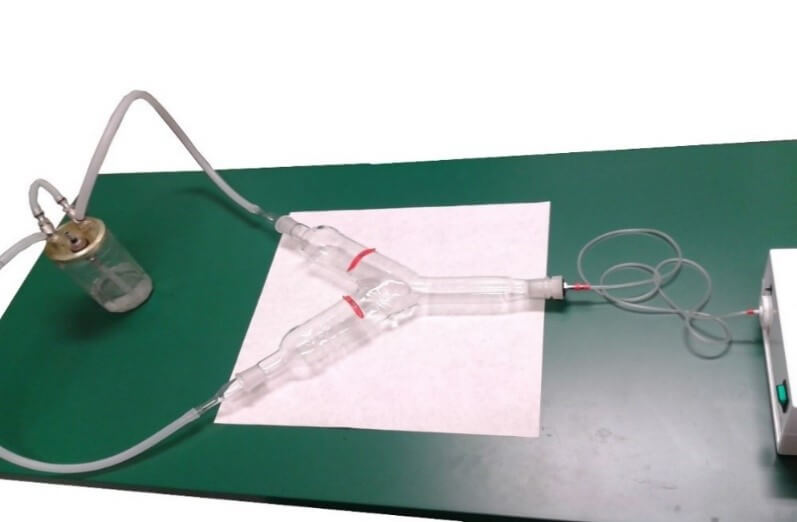
Arena olfactometer
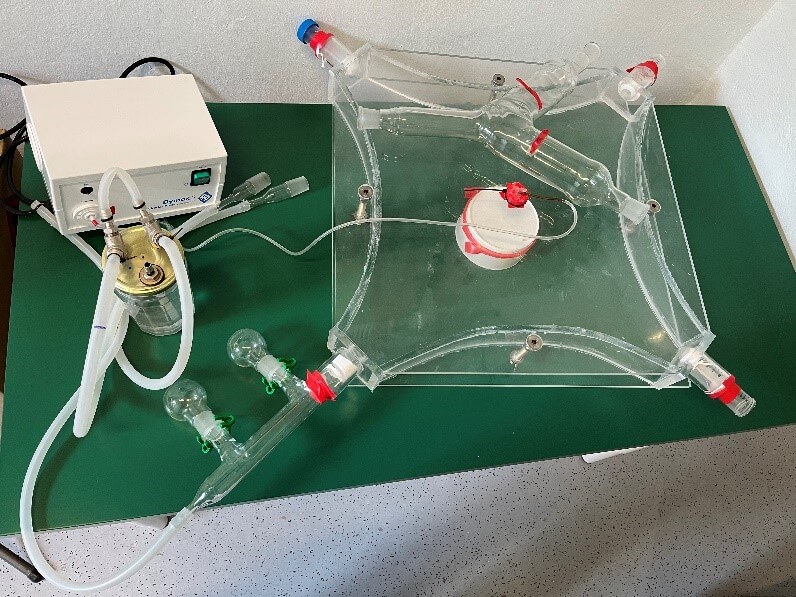
Microplate Reader - NCSR “Demokritos” Athens
Equipment
Automatic microplate photometer TECAN InfiniTE M-200 that can be used for luminescence fluorescence and absorbance measurements.
Characteristics
The Infinite M-200 is a monochromator-based instrument and can be used for:
- Fluorescence intensity and time resolved fluorescence
- Absorbance with injectors or cuvette
- Glow and flash luminescence
Applications
- Cell-based reporter assays (fluorescence and luminescence)
- Growth of cell lines (absorbance)
- 6-well, 24-well, 96-well plate format
